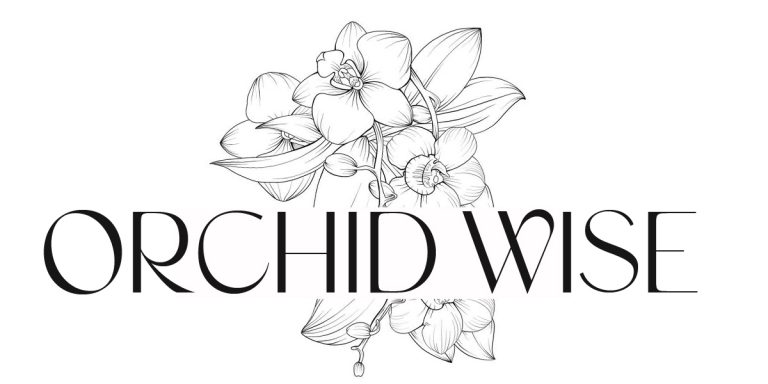Like all living things, cymbidium orchid plants are made up of a huge number of cells, which develop and multiply continually. In these cells there are chromosomes, which are all of the individual DNA molecules that determine all of their properties and characteristics. Their genetic code.
Cymbidium genetics can get pretty involved, but below is a simple introduction. A more detailed article will be available at a later time.
What is Ploidy?
There has been a huge amount of research around the counting of the chromosome numbers for the various species cymbidiums. Usually these DNA molecules are in what is termed as homologous sets, where each chromosome has a matching similar chromosome in other sets. Ploidy is the term used to refer to the number of chromosome sets, and n represents the number of chromosomes in each set. For example two sets of 20 chromosomes is referred to as 2n.
Diploids
We are fortunate that most species Cymbidiums had forty chromosomes, made up as two sets of 20 chromosomes. They are known as Diploids, or 2n’s. Diploids are the standard level of ploidy in nature. Today some species orchids have been converted to a higher chromosome level (more on that later) in an attempt to improve the quality of the flowers. In the early days, little was known about chromosomes and the affect they would later have on hybridising. That has since changed and modern breeding is producing some outstanding flowers!
Early hybridisers occasionally produced a very superior plant from amongst a population of seedlings. They did not know it at the time, but some of these had double the normal number of chromosomes. They had 80 chromosomes, or 4 sets of 20. We now know these to be Tetraploids, or 4n’s. The most famous early Tetraploid was called Alexanderii ‘Westonbirt‘, but others were produced soon after.
Tetraploids
The Tetraploid (4n) flower was considered much better than the Diploid flower at the time. It was bigger and rounder, and usually lasted longer in good condition. The cells of a Tetraploid are double the size of the cells in a Diploid orchid. A Tetraploid flower is double the volume of a similar Diploid flower. It is possible to actually feel the difference between many Diploid and Tetraploid flowers and leaves, with the Tetraploid feeling thicker.
Triploids
Inevitably, Tetraploids were hybridised with Diploids, either by accident or deliberate breeding. The resultant progeny generally had 60 chromosones, or 3 sets of 20. They are known as Triploids or 3n’s. Triploids do not breed freely. In nature anything with an odd number of sets of chromosomes is usually sterile. Occasionally a triploid will breed, but they often produce many deformed and inferior progeny.
We can also have higher levels of ploidy. There are known Pentaploid (5n), Hexaploid (6n), Heptaploid or Septaploid (7n), and Octoploid (8n) plants, but they usually grow poorly, especially those with odd ploidy, and are usually only used for specialty breeding projects.
Today, a very large percentage of the plants we grow are Tetraploids, and ideally when making a new cross it is suggested one maintains a consistent ploidy with both parents. Mixing ploidy when crossing will have varying results, and may very well produce sterile offspring.
Tissue Culture Conversion
We can now convert Diploid (2n) plants into Tetraploids (4n), or even Octaploids (8n), by treating the protocorms at the tissue culture stage with special chemicals.
In the last thirty years or so, protocorms have been treated with a poison called colchicine, which killed some, but if done correctly some of the plants in the flask were converted to a higher ploidy level. Usually about half of the survivors were converted. Plants treated with colchicine often had CT added on the label, meaning colchicine (or chemical) treated.
Tetraploids could often be identified at early stages, but often it was necessary to wait until they flowered to select the improved flower form (Tetraploid). The conversion of certain important Diploid form breeding plants to Tetraploid provided high quality parent plants, in colours not previously available. Most Tetraploids at that time were pale pastel or white colours.
Today a new chemical is used to convert plants during the protocorm tissue culture stage. The new chemical used is called oryzolin, and gives higher conversion percentages, and quicker results.

Pingback: Orchid of the Week - Orchid Wise